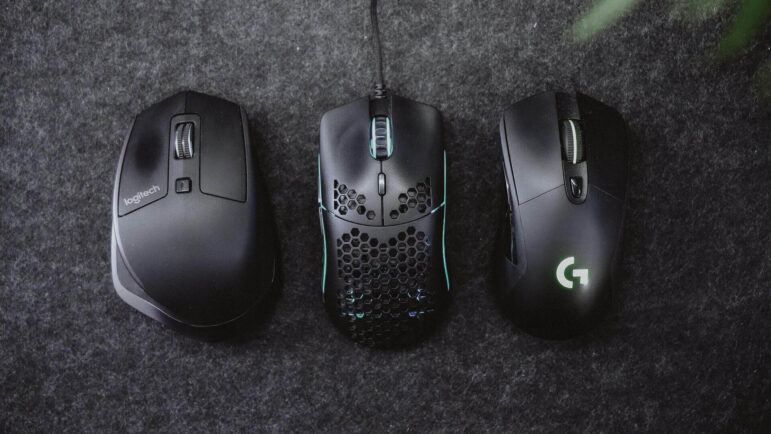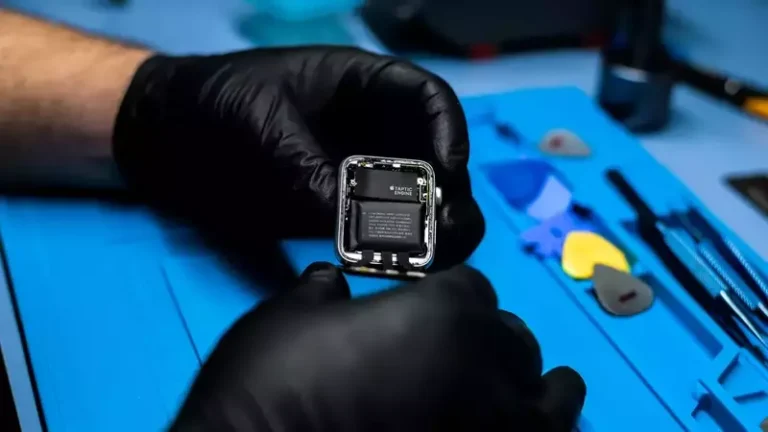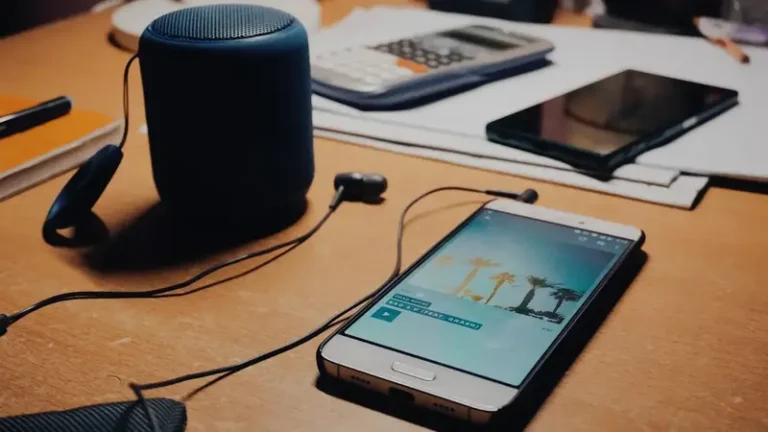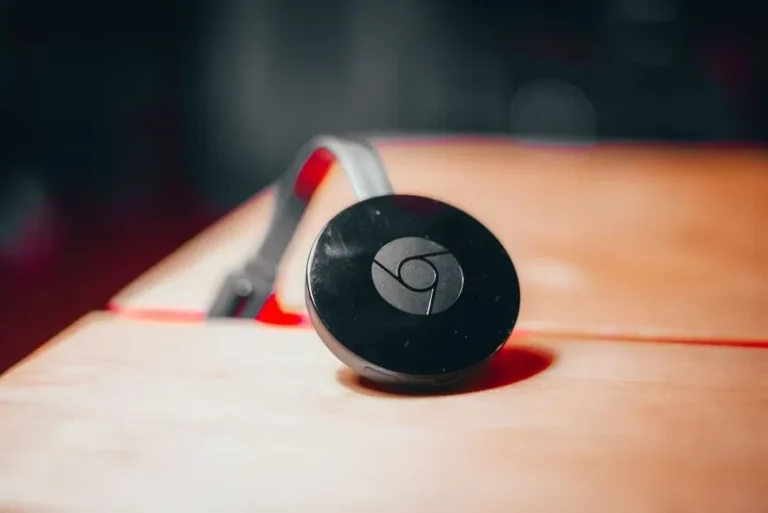What is the Difference Between Infrared and Bluetooth?
Today, wireless technologies have seamlessly taken over modern communication. Leaving those days of data cables a faint, but distant memory. When it comes to wireless technologies, the two most popular options are Bluetooth and infrared. And while the two operate in similar ways, they are not the same.
Which begs the question, how do Bluetooth and infrared work? What sets them apart? And when it comes to the debate of infrared vs Bluetooth, which is better?
READ MORE! Is it OK to leave Bluetooth on all the time?

How does infrared work?
Before you can understand the pros and cons of each, you’ll need a basic understanding of how the transmission works.
The visual spectrum consists of multiple types of waves, each at different wavelengths. The visible spectrum or the range of wavelengths that human beings can see make up a small portion of the overall scale. These have values between 625 to 700nm.
And infrared wavelengths are a lot longer than the ones that are considered visible light, which essentially means that we cannot see them. These have wavelengths between 700nm and 1mm, so there are essentially zero overlaps.
With infrared, your device sends pulses of light to the receiving device. This infrared light cannot be seen by us but is detectable through sensors in tech devices that are able to receive and decode the data transmitted.
The most common example of this is your television remote. You can point the remote at the TV to change the channel. However, it only works if you’re close to the TV and there’s nothing between you, your remote, and the TV set.
That means that some of the factors governing the use of infrared transmission are the distance between both devices and the absence of obstructions. We’ll go into this in more detail, but the same principles will apply moving forward.
How does Bluetooth work?
It’s easy to assume that all wireless communication happens the same way. But that certainly isn’t the case.
Unlike infrared transmission, Bluetooth devices send messages through radio waves, which operate at wavelengths from 1mm to 100km. The difference in medium means there is significant variation in how both methods work.
And while we’ll look into those factors in detail, one similarity between Bluetooth and infrared is that they both use a lot less power than competing wireless technologies.
This lower consumption means it costs less, is easier, and is more accessible.
However, it also limits factors like distance by placing a cap on how far the two devices can be from one another.
READ MORE! Top 10 Best Bluetooth Headphones with Noise Cancelling (2022)
What factors affect transmission in infrared vs Bluetooth devices?
Now that you know how these transmissions work, let’s discuss what they mean for the average user. There is a range of factors that vary depending on the type of pulses you’re discussing, i.e. infrared or radio waves.
These differences don’t mean that one method is better than another, simply that they are suited to different tasks.
So in order to pick and choose which method is the most effective way to send your data you need to know how each factor applies to your situation. Let’s get started.
- Range
The range of transmission refers to the distance between the receiving and sending devices. Infrared waves are the best option for transmitting data over short distances. While the maximum range you get is up to five meters, the ideal distance is around one to two meters. So if that sounds like your situation, go with infrared.
Bluetooth, on the other hand, can transmit data over slightly larger distances. On average, it is effective for up to 10 meters.
However, this too is the upper limit and you’ll get far better results if you’re in a 6 to 8 meter range. If your sending and transmitting devices are farther than four meters from each other it’s a safe bet to go with Bluetooth transmission.
In the case of infrared vs Bluetooth the latter offers twice the range of the former, however, 10 meters is still an incredibly short distance in the world of wireless technologies. So overall, these are both methods that work well for devices in close proximity.
READ MORE! How to boost your Bluetooth signal to cover your entire home
- Transmission Speed
In purely technical terms, there is a clear difference in the Mbps transmission rates of infrared and Bluetooth devices. With infrared, that rate is around 16 Mbps and for Bluetooth it is at around 3 Mbps. Objectively there is a huge difference. However, the truth is that the effective or working speed for both is on average around 3 Mbps.
So when it comes to speed of data transfer there really isn’t much of a difference in the infrared vs Bluetooth debate.
- Relative Positioning
This is where it gets tricky and why it was so important for you to understand how infrared transmission and Bluetooth transmissions work. Radio waves are able to pass through most non-conducting materials. That includes wood, brick, and concrete.
So if the receiving and transmitting devices are in different rooms, or if there is a piece of furniture between both devices it will not interfere with Bluetooth transmission.
On the other hand, infrared or light waves are blocked by objects like walls, doors, and furniture. If the waves can’t pass through and reach the device no data is transferred.
In fact, if you want to transmit data from one device to another, using infrared transmission there needs to be a clear line of sight between both devices. This makes the effective relative positioning range extremely narrow.
With Bluetooth you just need to be close enough to the other device and barriers won’t matter. The receiving device will pick up the signals regardless of obstructions and hurdles. So keep this in mind, when you’re deciding which method to go with.
- Movement
Since infrared transmission has such specific requirements for transmission it can be harder to maintain a clear line of sight between moving devices. Hence, this method is best suited to two devices that are stationary and close to one another.
With Bluetooth transmission, you can transfer data while walking or moving around. So if you’re sending something to a friend and decide to leave the room to get a glass of water you can take your phone with you and it won’t affect the data transfer. That simply isn’t the case with infrared.
- Security
While the omnidirectional nature of Bluetooth transmission adds a lot of ease it also comes with risks.
Infrared transmission is without a doubt the superior option when it comes to security since both devices need to be almost next to each other for them to work. There is no chance of a third party or unknown device picking up the signal.
Hence, infrared is the more secure option and better for sending important documents. While Bluetooth is less secure since there are more chances of it being picked up by an unintended recipient.
READ MORE! 8 Tips To Keep Your Bluetooth Secure From Hacking
- Connectivity
The security concern for Bluetooth devices is also in part due to their range of connectivity. While infrared devices only offer one-to-one connections, Bluetooth devices and connect with multiple sources at the same time.
However, this certainly has its benefits. For example, if you only need to send an important official document to one other person then you will probably want to go the infrared route.
However, if you’re sending a memo or file to multiple people, Bluetooth is better since you can transfer your data to multiple people at the same time.
This is yet another factor to consider when you’re deciding between infrared vs Bluetooth transmission. The pros and cons are specific to the situation you find yourself in.
- Versatility
Versatility and ease of use are largely dependent on how each mode of transmission is currently used. Most of your personal devices, including your phones, laptops, tablets, headsets, etc. come with in-built Bluetooth connectivity.
So when it comes to connecting devices and sharing data Bluetooth is readily available. As such it is the more versatile option.
On the other hand, infrared technology may be used in items like modems, microphones, and headsets; however, you will have to look for gadgets with these specific requirements.
While many devices include an option for infrared transmission it is not always a given. And in turn, you will need the receiving device to also have an option for infrared connectivity. This may limit the useability of this method.
READ MORE! Different types of Bluetooth Technology and Devices (Explained)
Overall comparison of infrared vs bluetooth
At the end of the day, there are a lot of variables to consider when you’re making your decision. Before you can decide which option best suits your needs you will need to consider the type of data you are transmitting. Is it an important or confidential document? Are privacy and security concerns?
Then, consider who you are transferring the data to. Will you need to send it multiple times and to several parties? Does the person on the receiving end have a device that offers infrared connectivity? Or will it be simpler to use the Bluetooth option?
Finally, you’ll have to take into account the physical restrictions of the setting. Are both the transmitting and receiving devices in the same room? What is the distance between them? Are there any factors that would cause the connectivity to break during the data transfer?
For example, if you are in a crowded office space and transferring a document to your coworker, someone passing in between your desks would break the infrared connection. And if you are in opposite facing cubicles then the partition in between will definitely block the light waves.
Perhaps the biggest question you’ll need to ask is whether there is a clear line of sight between both devices. The size of the file generally does not matter; however, the distance between the devices does. Simply go through the list and decide which option best suits your needs.
Which one should you use?
In the debate of infrared vs Bluetooth, there is no single answer. While both technologies have their pros and cons, you should use the one that suits your needs the most. After all, each of these methods is suitable for different applications.
You should use Bluetooth if:
- Both of the devices involved in the exchange are within 5 to 10 meters of one another.
- Objects are blocking the line of sight between the two devices.
- The transmitting devices are in separate rooms.
- One or both of the transmitting devices are moving.
- Only one of the devices in question has infrared connectivity options.
- Safety and security of the documents is not a priority.
- You need to transfer the data to multiple parties.
You should use infrared if:
- Both of the devices involved in the exchange are within 1 to 4 meters of one another.
- There is a clear line of sight between the devices.
- The transmission is occuring between stationary devices.
- Both devices have options for infrared connectivity.
- The data is confidential and should not leak to third parties.
- You only need to transfer the information to a single person.
Conclusion
At the end of the day, the decision really isn’t very complicated. It all comes down to your priorities and preferences. Some people simply prefer infrared transmissions, while others are more used to Bluetooth connectivity. There are pros and cons to each method and these will certainly influence your decision.
In most cases, the outside limitations of your situation will make the decision for you. For example, if you’re transferring data from one modem to another and they are 7 feet apart the choice has already been made for you.
Similarly, if there are multiple obstructions blocking the signal between the devices there is nothing you can do to alter the situation.
So adapt to the circumstances at hand and make your decision accordingly. Good luck! There’s really no wrong answer when it comes to infrared vs Bluetooth.
READ MORE! Bluetooth Mouse vs. Wireless Mouse: Which Is Better?

Espen
Espen is the Director of ProPairing and has written extensively about Bluetooth devices for years. He is a consumer product expert and has personally tested Bluetooth devices for the last decade.






